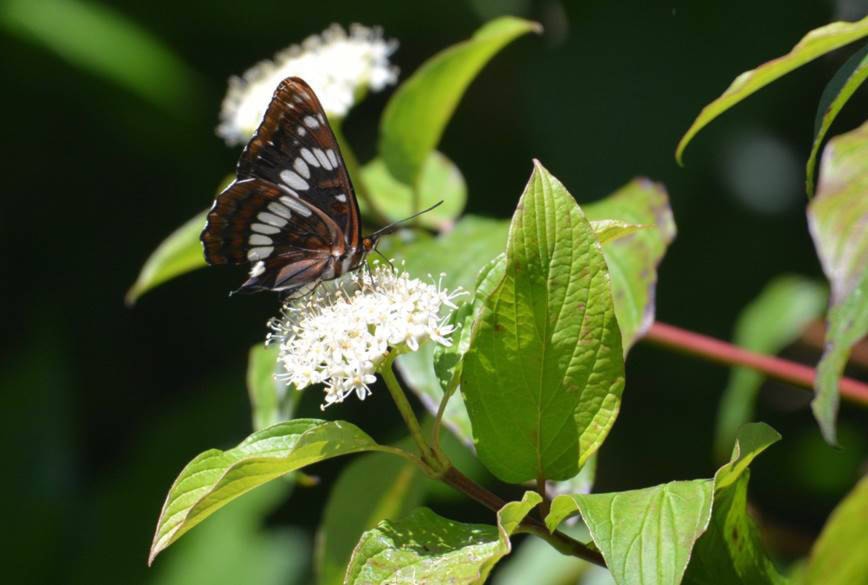Blackberry picking is a late-summer tradition for many of us here in Saanich. The bad news is that those same Himalayan blackberries that are delicious in jams and pies also spread so rampantly, they choke out native plants that provide food and shelter for birds and wildlife.
And blackberries are just one of many species on the invasive species list. But the good news? We have a whole host of delightful native species that can add beauty, wildlife food and habitat, and yes, even flavour, to our landscape.
Even better, once established in the right location, native species are ideally suited to the local climate, reducing the amount of care – and water! – needed to thrive, explains Jillian Tuson, an Urban Forest Technician with Saanich Parks.

Support Nature in Your Saanich Neighbourhood
A variety of plants can provide shelter and food sources for birds, insects and other wildlife (even Himalayan blackberry provides some), however native plants offer a distinct advantage, whether a ground cover, spring wildflower or 120-foot Douglas fir. Certain pollinator species will only lay their eggs on certain plants, for example. Additionally, the travelling range of our native bees is significantly smaller than many other species, so planting “pollinator corridors” can be a big help to these vital insects, Jillian notes.
“And it really doesn’t need to be an ‘all or nothing’ approach; you can incorporate native species with your ornamentals to create a diverse habitat,” Jillian says.
Unlike those Himalayan blackberries, native plants also tend to be non-invasive, so won’t require a lot of work to keep them in check.
Find resources at the tip of your fingers with the Saanich Naturescape Program, designed to protect, maintain and enhance wildlife habitat and native biodiversity. For more ideas:
- Visit Saanich parks, such as Mount Douglas, Falaise, Mount Tolmie and Cuthbert Holmes, to see native plants in the landscape.
- Stop by Swan Lake Christmas Hill Nature Sanctuary, which features a native plant garden at the nature house.
- Visit Saanich Parks online to download lists of native plants for the marine backshore or riparian area.
- Visit the Habitat Acquisition Trust and Island Pollinator Initiative online for loads of ideas for creating habitat, attracting pollinators and more.
- Stop by the Greater Victoria Compost Education Centre for ideas about native plant and pollinator gardening in an urban area, along with lots of other sustainable gardening tips.
- Ask at your local garden centre – more and more native plants are joining their ornamental counterparts, especially more common species like Oregon grape (Mahonia aquifolium), flowering red currant (Ribes sanguineum)and mock orange (Philadelphus lewisii).

To further develop our Natural Intelligence and deepen our connection with nature, residents can consider participating in Saanich’s Native Plant Salvage Program, where volunteers, working with permission from property owners, rescue native plants from sites slated for development, to be re-planted in restoration projects. Additional volunteer opportunities include invasive species removal.
